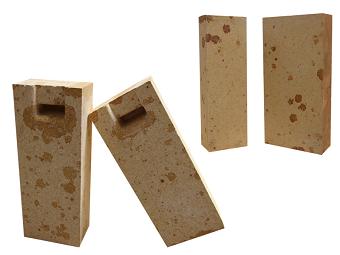The trial production of silica bricks for coke ovens with compound ingredients was first proposed by Liu Jinming, and the conforming ingredients mainly include three kinds of silica (crystalline silica from Hebei Tangshan and Liaoning Shimen and cemented silica from Shanxi Wutai Mountain) with a critical particle size of 2.5mm, in ferrous oxide and calcium oxide. When used as a mineralizer, it was fired at 1380°C for 50 hours in a tunnel kiln to obtain high-quality silica bricks for coke ovens, in which the tridymite content was 75% and the residual quartz was less than 1%.
The results show that A1203 has an influence on the refractoriness, softening temperature under load, true density, and mineral phase composition of silica brick products. There are few reports on the analysis of silica raw materials for coke oven silica bricks produced in southern provinces.

Summarizing the basic experience in the production of silica bricks for decades, mainly in the following aspects:
(1) Raw materials are the basis.
The raw materials should be of stable quality, not easy to loosen during firing, and easy to control, and there should be considerable reserves for long-term use. Selecting appropriate raw materials can simplify the manufacturing process, facilitate the operation, stabilize the quality and reduce the cost. Bricks made of two or more kinds of mixed silica with different properties are gradually adopted by people, such as Luonai, Shandong Ernani, Lengshuijiang Refractory Factory, etc., all of which have verified that the use of mixed silica is superior to that of single silica. Japanese silica bricks It is also used in combination with more than two or even four raw materials. Using mixed silica to make silica bricks has the following advantages: first, the chemical composition can be adjusted; second, the particle composition can be adjusted to achieve a reasonable gradation economically; third, it is easy to control the expansion and crystal transformation of the brick embryo during firing ( The expansion curve of each type of silica when heated is not completely consistent. Using this difference, the temperature section where the expansion occurs can be elongated, so that the expansion can be dispersed; the fourth is to reduce the cost.
Application of high-aluminum refractories in high-temperature industries
Classification of refractory properties and their application areas
High alumina bricks commonly used in industrial kilns